

Written by Stephen Day
Gas Safe Engineer
Updated: 30th May, 2025
If you're looking to upgrade your home to a smart home, one of the best investments you can make is a Hive thermostat.
Get a new boiler quote, save up to £550 per year (0% APR available).
Hive thermostats are designed to work seamlessly with smart home systems, giving you complete control over your home's temperature and energy usage.
In this blog we’ll be taking a look at Hive thermostats including their benefits, cost and where to install them.
Get a quote in 60 seconds, fitted as fast as next day!
0% APR finance available.
Hive is a British smart technology company who specialise in heating control for your home that is efficient and energy saving.
Hive’s mission is to make home heating technology easy and accessible to everyone, regardless of technical expertise.
Hive aims to create products that are intuitive and straightforward to use, as well as being hassle free in terms of their set up.

A Hive thermostat is an excellent investment for anyone looking to upgrade their home to a smart home.
A hive thermostat can help you create a comfortable and convenient living environment while also saving you money on your energy bills.
Here are some of the benefits of using a Hive thermostat for your smart home:
Installing a Hive thermostat is a breeze. You can either hire a professional to install it for you, or you can do it yourself with the help of the easy-to-follow instructions that come with the product.
Once installed, setting up your Hive thermostat to work with your smart home system is a straightforward process.
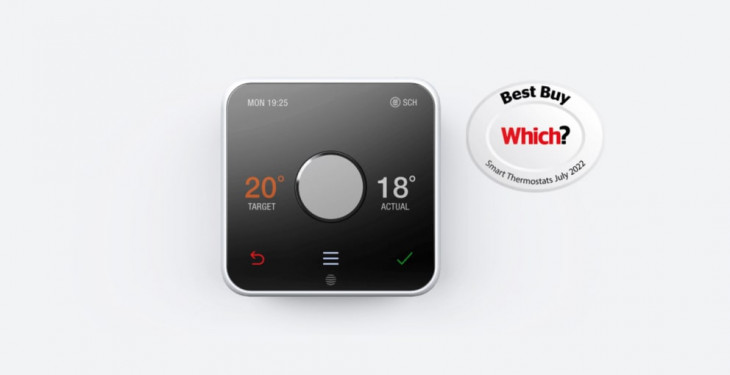
One of the biggest advantages of a Hive thermostat is the ability to control your home's temperature from anywhere, at any time.
You can use the Hive app to adjust the temperature remotely, so you can come home to a comfortable environment. You can also set schedules to automatically adjust the temperature throughout the day.
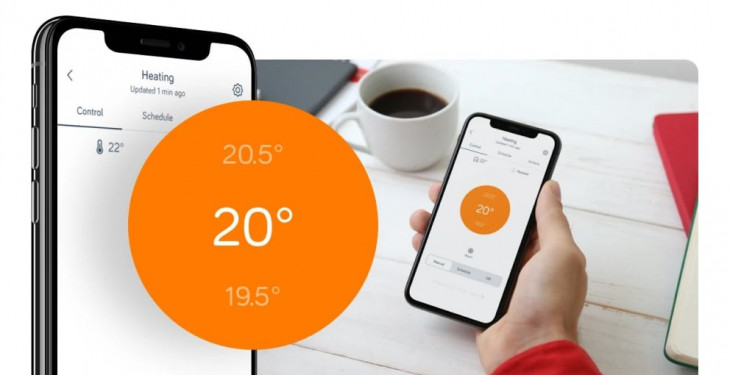
Hive thermostats are designed to be energy-efficient. By setting schedules and using features like geofencing, you can ensure that your home is heated or cooled only when you need it to be, reducing energy waste and lowering your energy bills.
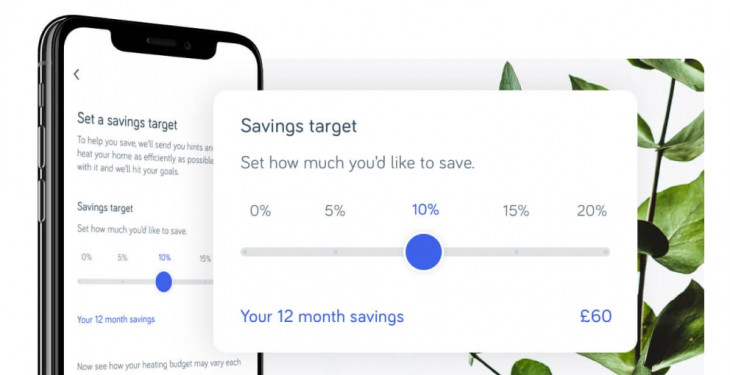
Hive thermostats are compatible with many popular smart home systems, such as Amazon Alexa, Google Assistant, and Apple HomeKit. This means that you can control your Hive thermostat with your voice or through your smart home app.
Hive thermostats come with a range of monitoring and reporting features. You can monitor your home's temperature, humidity levels, and energy usage in real-time, and receive reports on your energy consumption over time. This information can help you identify areas where you can reduce your energy usage and save money on your energy bills.
Generally, Hive thermostats can be installed in the same location as your existing thermostat.
This is typically in a central location of your home, such as the hallway or living room. The thermostat should be installed on an interior wall, away from any direct sources of heat or cold air, such as windows or doors.
When installing a Hive thermostat, it is important to ensure that the wiring is connected correctly and that the thermostat is level. If you are not comfortable with DIY installation, you may want to consider hiring a professional to install the thermostat for you.
It is also important to note that some Hive thermostats require a wired connection to your heating or cooling system, while others can be connected wirelessly. If you are unsure whether a Hive thermostat is compatible with your heating or cooling system, it is recommended to consult the product manual or contact Hive customer support for assistance.
Hive thermostats are a great addition to any home that wants to take advantage of the convenience and energy-saving benefits of smart home technology. With their easy installation, intuitive controls, and seamless integration with other smart home systems, Hive thermostats are an excellent choice for those looking to upgrade their home to a connected living environment.
At iHeat, we recognise the value of smart home technology and the benefits it can bring to our customers. That's why we offer several Hive thermostats as optional upgrades at checkout for one of our efficient and powerful new boilers.
By adding a Hive thermostat to your iHeat system, you can enjoy the convenience of remote temperature control and energy-saving features, while also benefiting from the high-quality performance and reliability of an iHeat boiler upgrade.
So, whether you're looking to upgrade your existing heating system or are building a new home, be sure to consider adding a Hive thermostat to your iHeat system.
With this combination of cutting-edge technology and high-quality products, you can enjoy a comfortable and convenient living environment while also saving money on your energy bills.
Last updated: 30th May, 2025

Written by Stephen Day
Gas Safe Engineer at iHeat
Stephen Day is a Gas Safe registered and FGAS certified engineer with over 20 years of hands-on experience in the heating, cooling, and renewable energy industry, specialising in boiler installations, air conditioning, and heat pump systems.
LinkedInArticles by Stephen Day are reviewed by iHeat’s technical team to ensure accuracy and reliability.
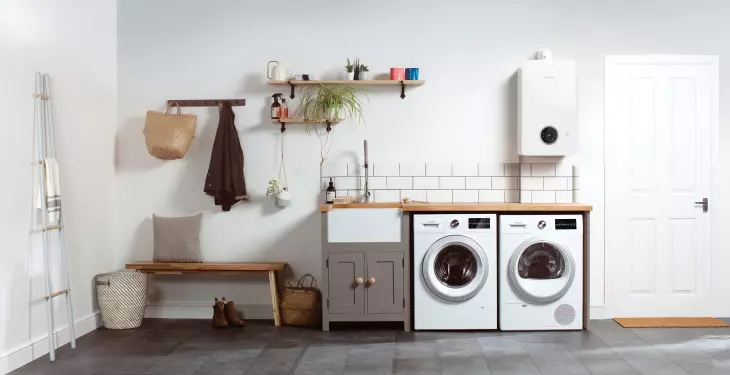
19th December, 2025
The best budget boilers are Ideal, Alpha, Baxi, Worcester Bosch and Vaillant models, compa...
 Read Article
Read Article
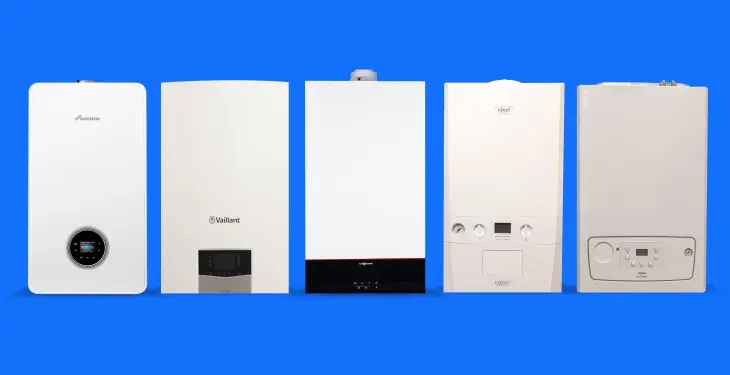
19th December, 2025
The most reliable boiler brands in the UK: Worcester Bosch, Vaillant, Ideal, Viessmann, an...
 Read Article
Read Article
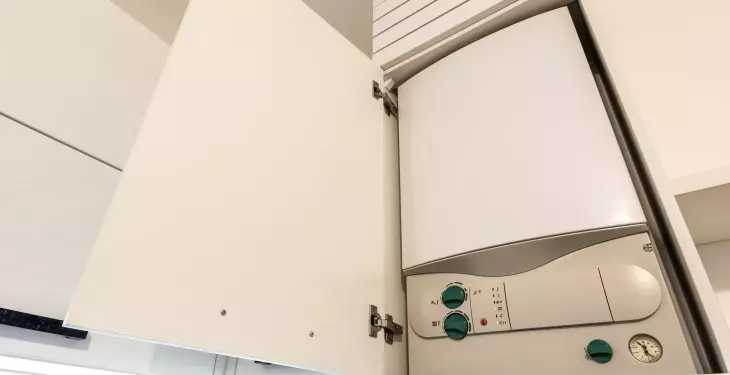
19th December, 2025
An airing cupboard is a heated storage space that uses warmth from a hot water cylinder or...
 Read Article
Read Article
No obligation. Takes less than 60 seconds.